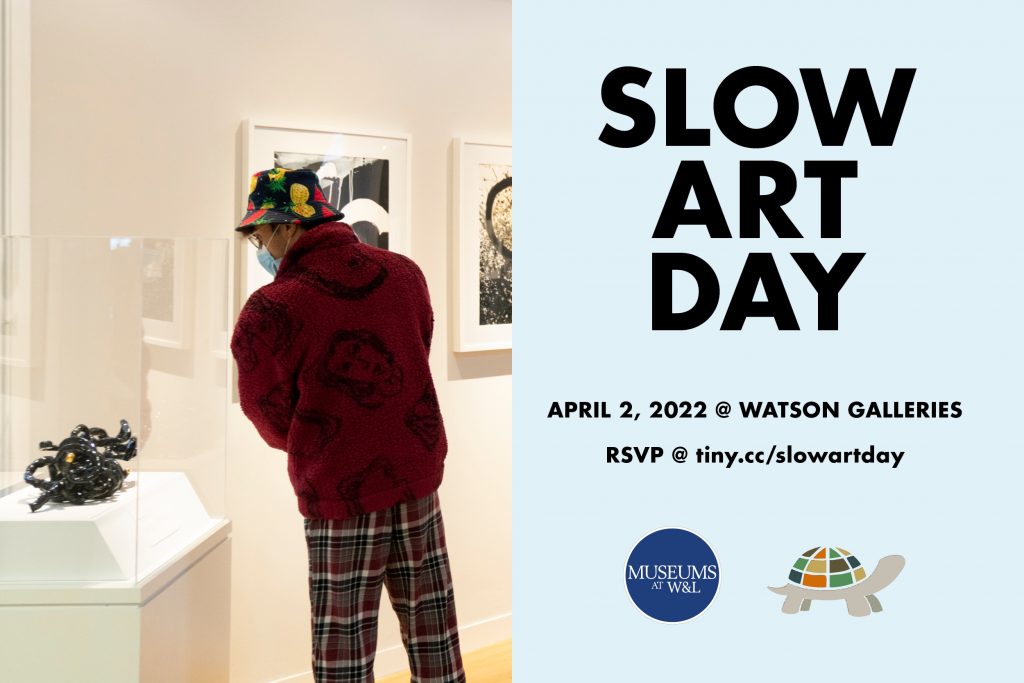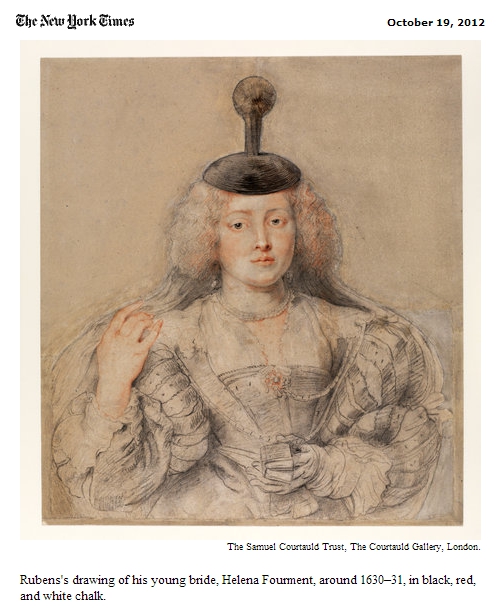The Museums at Washington & Lee University in Lexington, VA held their first Slow Art Day this year, led by Director of Museums Isra El-beshir and student curator Posi Oluwakuyide, and focused on “The Root of the Matter,” an exhibit featuring the contemporary art of Sharon Norwood.
A conceptual artist of Caribbean descent, Norwood aims to provoke an honest conversation about race, beauty, and differences.


As you can see, she uses the curly line to express identity and cultural relationships through various art forms, including ceramics, drawings, paintings, installations, and videos.
Her work is stunning and we recommend you check out their Instagram and visit their website to read more about Sharon Norwood.
We are happy to welcome The Museums at W&L to our movement, and very much look forward to seeing the art they focus on for their second Slow Art Day in 2023.
– Ashley, Johanna, Jessica Jane, Robin, and Phyl
P.S. Below is the digital flyer used to promote the event (note their use of tinycc in their print marketing, which makes it easier for readers to type in long urls – something we recommend other educators consider copying for their print materials).


